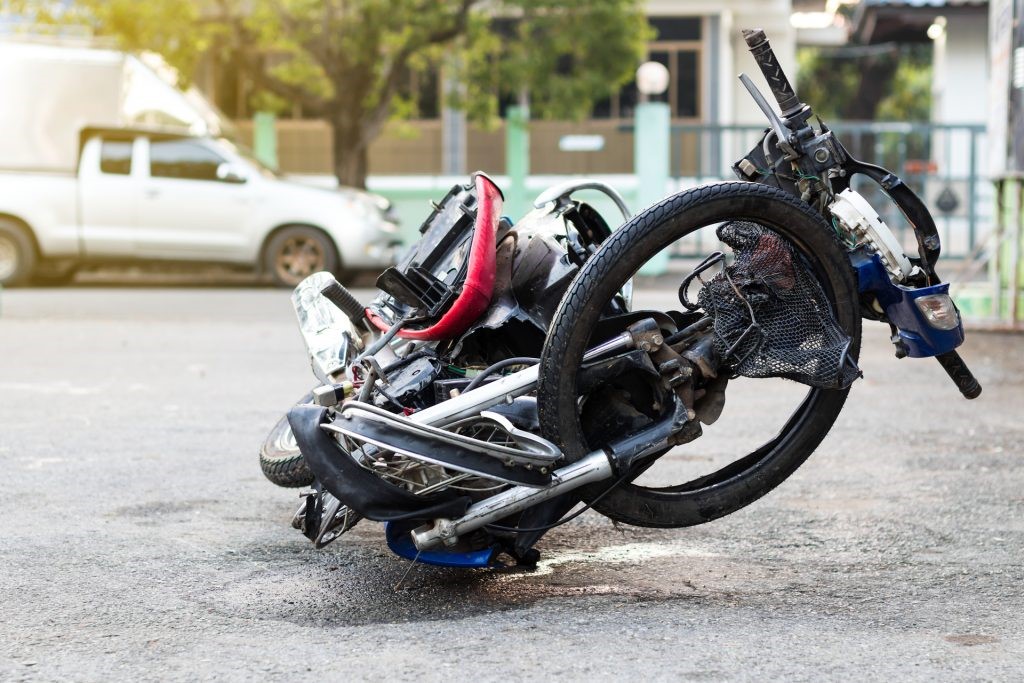
6 Factors That Make Motorcycle Riding a Risky Affair
6 Factors That Make Motorcycle Riding a Risky Affair
Motorcycle riding is a thrilling and liberating experience, but it comes with inherent risks that every rider should be aware of. Understanding these risks can help riders take proactive measures to enhance their safety on the road. This article explores six critical factors that contribute to the dangers associated with motorcycle riding, providing insights into how riders can mitigate these risks.
1. Lack of Visibility
One of the most significant risks motorcyclists face is reduced visibility on the road. Motorcycles are smaller than cars, making them harder for other drivers to see. This lack of visibility can lead to accidents, particularly in situations where drivers are changing lanes or making turns.
Key Points:
- Blind Spots: Motorcycles often fall into the blind spots of larger vehicles, increasing the risk of collisions.
- Environmental Factors: Weather conditions such as rain, fog, or nighttime riding can further decrease visibility for both motorcyclists and other road users.
2. Distracted Driving
Distracted driving is a leading cause of accidents involving motorcycles. Drivers who engage in activities such as texting, talking on the phone, or adjusting in-car technology may fail to notice motorcyclists sharing the road.
Key Points:
- Increased Reaction Time: Distracted drivers have slower reaction times, making it difficult for them to respond to sudden changes in traffic conditions.
- Awareness Campaigns: Many regions have initiated campaigns to raise awareness about the dangers of distracted driving and its impact on motorcyclists.
3. Road Conditions
Poor road conditions pose a significant risk to motorcyclists. Potholes, debris, and uneven surfaces can lead to loss of control and accidents.
Key Points:
- Surface Hazards: Gravel, oil spills, and potholes can significantly affect traction and stability.
- Maintenance Issues: Regular road maintenance is crucial for ensuring safe riding conditions; however, many roads remain poorly maintained.
4. Speeding and Reckless Riding
Excessive speed is a common factor in motorcycle accidents. Riders who exceed speed limits or engage in reckless riding behaviors increase their chances of losing control.
Key Points:
- Reduced Reaction Time: Higher speeds decrease the time available for riders to react to hazards.
- Severity of Accidents: Speeding not only increases the likelihood of an accident but also exacerbates the severity of injuries sustained during a crash.
5. Alcohol and Drug Impairment
Riding under the influence of alcohol or drugs significantly impairs judgment and reaction times. This impairment increases the likelihood of accidents involving motorcyclists.
Key Points:
- Legal Limits: Many jurisdictions have strict blood alcohol concentration (BAC) limits for motorcyclists; exceeding these limits can lead to severe penalties.
- Education Programs: Awareness campaigns targeting substance abuse among riders aim to reduce incidents related to impaired riding.
6. Lack of Protective Gear
Many riders neglect to wear appropriate protective gear, which can lead to severe injuries in the event of an accident. Wearing helmets, jackets, gloves, and other protective equipment is crucial for enhancing safety.
Key Points:
- Helmet Use: Studies show that wearing helmets significantly reduces the risk of head injuries during motorcycle accidents.
- Protective Clothing: Other gear such as padded jackets and reinforced pants can protect against abrasions and impact injuries.
Summary Table: Key Factors Contributing to Motorcycle Risks
| Factor | Description | Mitigation Strategies |
|---|---|---|
| Lack of Visibility | Motorcycles are harder to see than larger vehicles | Use reflective gear; ride defensively |
| Distracted Driving | Drivers not paying attention increase accident risk | Advocate for awareness campaigns |
| Road Conditions | Poorly maintained roads pose hazards | Report hazards; choose safer routes |
| Speeding and Reckless Riding | Excessive speed increases accident likelihood | Adhere to speed limits; practice safe riding |
| Alcohol and Drug Impairment | Impaired judgment leads to higher accident rates | Avoid riding under influence |
| Lack of Protective Gear | Not wearing gear increases injury severity | Always wear helmets and protective clothing |
Frequently Asked Questions (FAQ)
What are the main risks associated with motorcycle riding?
The primary risks include lack of visibility, distracted driving by others, poor road conditions, speeding, alcohol or drug impairment, and not wearing protective gear.
How can I improve my visibility while riding?
To improve visibility, wear bright or reflective clothing, use headlights even during the day, and position yourself strategically on the road to be seen by other drivers.
What should I do if I encounter poor road conditions?
If you come across potholes or debris while riding, slow down and navigate carefully around them if possible. Report hazardous conditions to local authorities when safe to do so.
Are there legal consequences for riding under the influence?
Yes, riding under the influence can result in severe legal penalties including fines, license suspension, and even imprisonment depending on jurisdictional laws.
How important is wearing protective gear while riding?
Wearing protective gear is crucial as it significantly reduces the risk of severe injuries in case of an accident. Helmets alone can prevent many head injuries that could be fatal or debilitating.
Conclusion
Motorcycle riding offers unparalleled freedom and excitement but comes with inherent risks that cannot be ignored. By understanding the six critical factors that contribute to motorcycle accidents—lack of visibility, distracted driving, poor road conditions, speeding and reckless behavior, alcohol impairment, and lack of protective gear—riders can take proactive steps to mitigate these risks. Prioritizing safety through awareness and preparation will not only enhance personal safety but also contribute positively to overall road safety for all users.For more detailed information on motorcycle safety practices and statistics, you can refer to Wikipedia.
